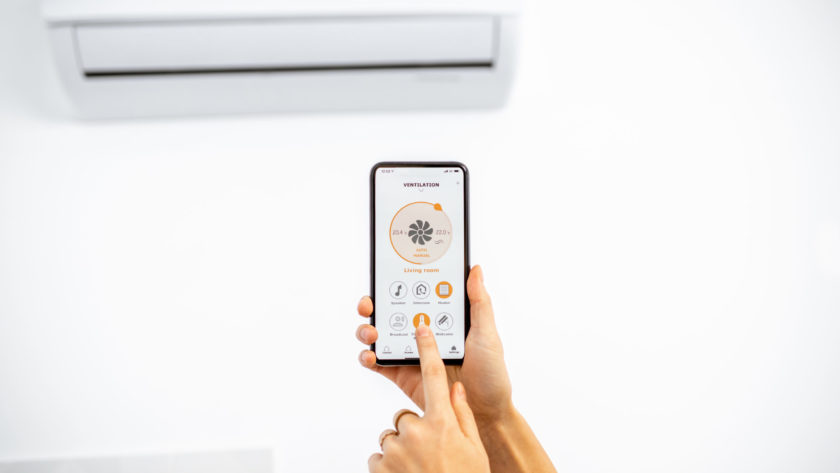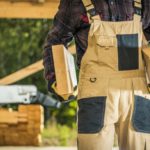Old homes are charming. Some people gravitate toward older homes because they have mature trees on larger lots. The architectural details also attract buyers who don’t want to live in a cookie-cutter house in a new subdivision.
Older homes often have specific maintenance needs. Homeowners may have issues with radon gas, mold growth, old windows, and termite damage. You may also have ventilation issues if you have an older home. Let’s examine what ventilation is, why ventilation’s essential, and how to improve your home’s ventilation.
What is ventilation?
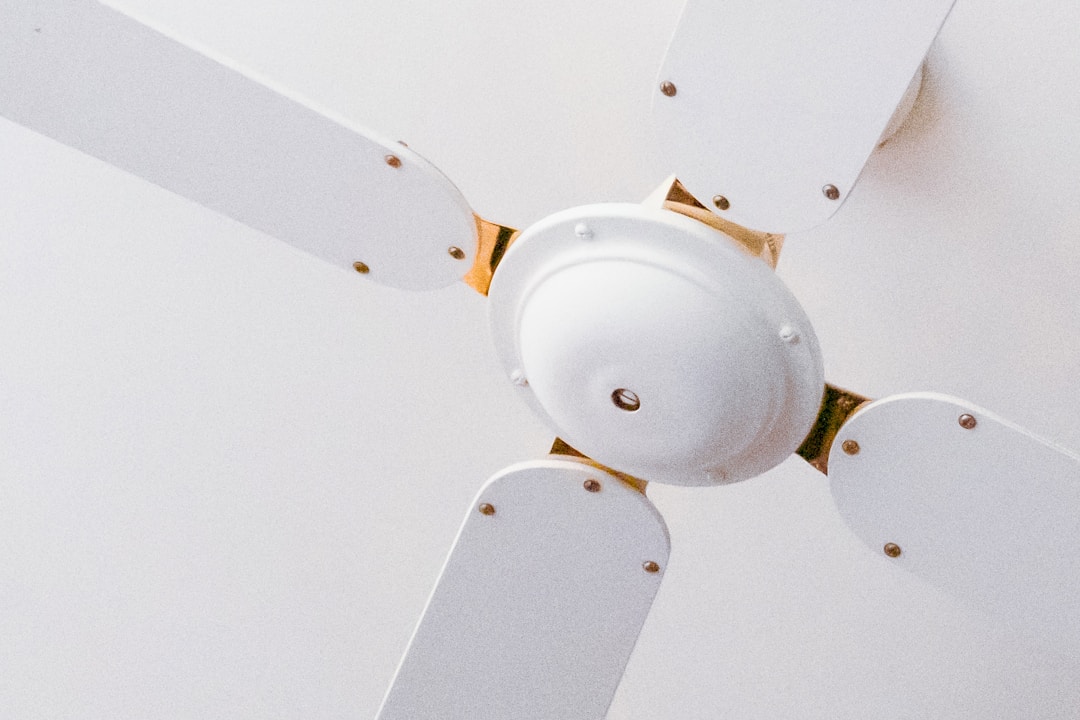
Ventilation’s the process of drawing outdoor air into your home. Ventilation affects your home’s air quality, temperature, and humidity levels. You use natural ventilation when you open a window to let fresh air inside. Mechanical ventilation involves using fans or other mechanized equipment to pull fresh air into your home.
Why is ventilation essential?
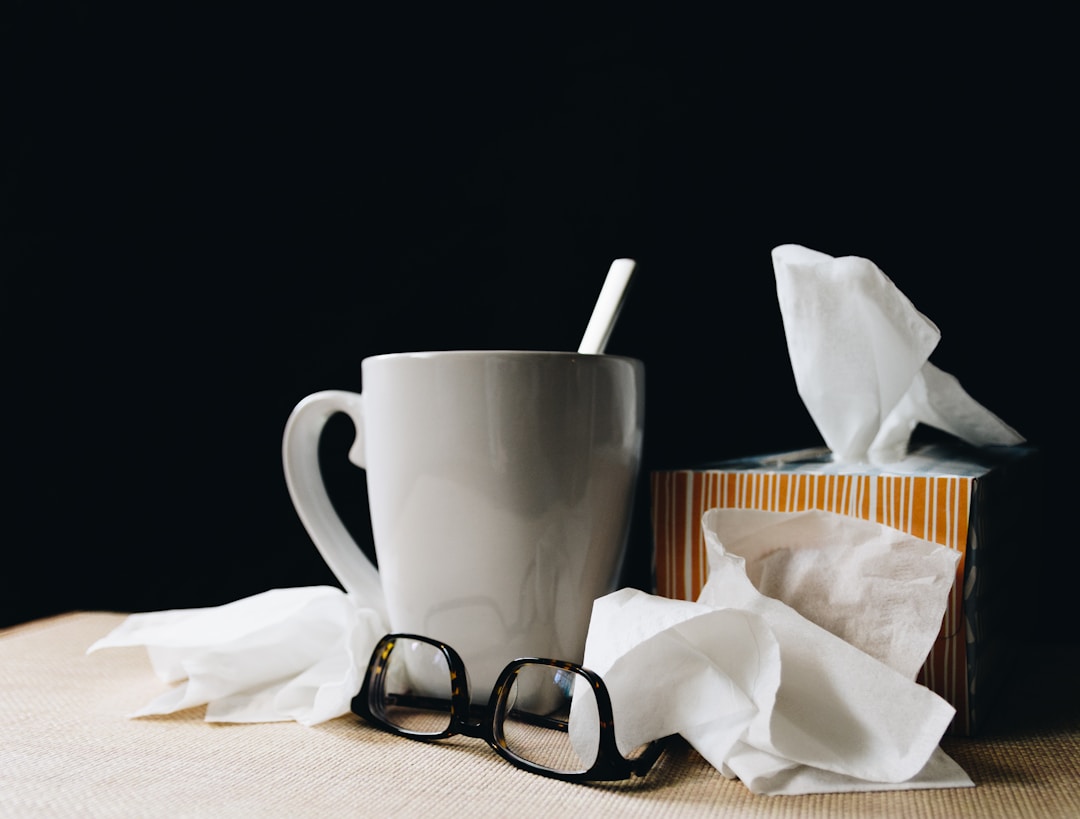
Proper ventilation can protect your health. Learn about the importance of ventilation to ensure you take appropriate steps to protect yourself from allergy symptoms and other issues triggered by poor indoor air quality. If you’re like most people, you spend most of your time inside. You could experience short-term and long-term health issues if you’re breathing in toxins.
Thousands of people get sick, and hundreds of people die from carbon monoxide poisoning each year. Gas stoves and other household appliances cause carbon monoxide. Since carbon monoxide’s colorless and odorless, the first sign of dangerous carbon monoxide may be health issues, such as fatigue or headaches. Good ventilation can prevent carbon monoxide buildup.
Radon’s a naturally occurring gas that develops in soil. Over time, it seeps into homes through the foundation or basement walls. Radon doesn’t react to other chemicals, and it has no odor or color, making it hard to detect. The U.S. Environmental Protection Agency (EPA) reports approximately 21,000 people die each year from lung cancer caused by radon. Ventilation is one of the primary ways to reduce radon levels in your home, reducing your risk of developing lung cancer.
Your ventilation system can reduce humidity levels in your home. Bacteria causing Legionnaire’s disease thrive in humidity, enabling it to survive longer in humid homes. This increases your risk of infection. Air pollution can also cause bronchitis. Investing in good ventilation reduces your risk of exposure to bacteria and pollutants.
You’re more likely to develop heart disease and respiratory diseases from regular exposure to contaminated air. Toxins can damage your blood vessels’ walls, leading to high blood pressure. Inhaling toxins irritates your throat and lungs. Regular exposure to air pollutants increases your risk of suffering a heart attack or severe asthma attack.
Poor ventilation can also cause other health issues, such as COVID-19. It’s easier for the coronavirus to spread throughout buildings without adequate ventilation.
How can you improve your home’s ventilation?
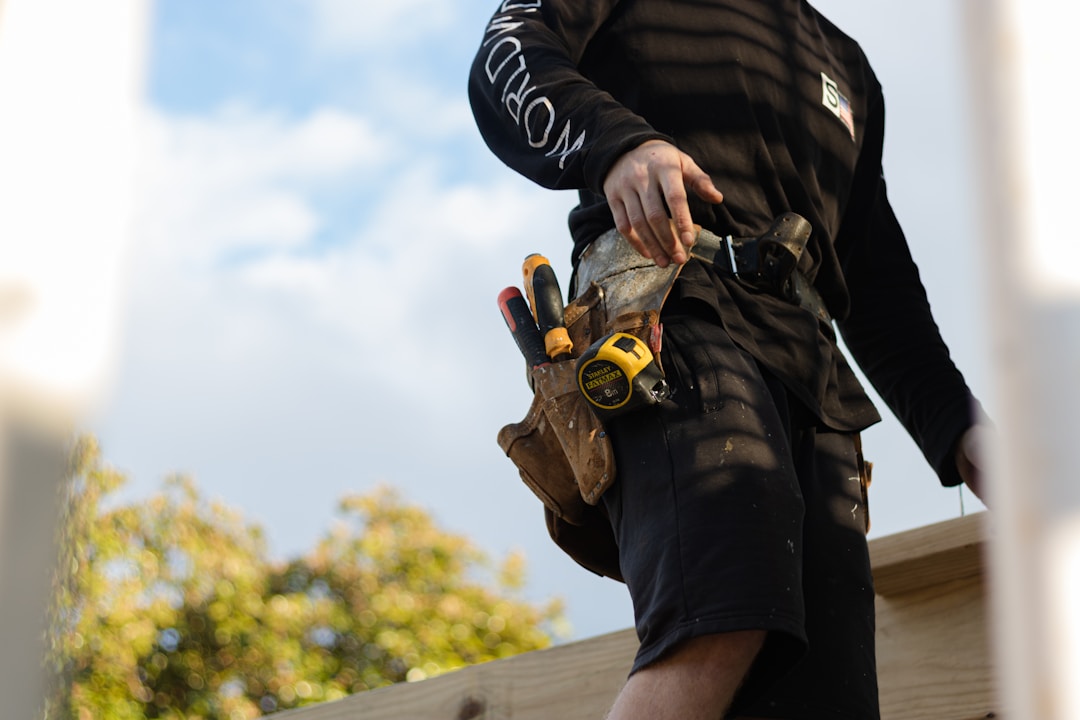
Have your heating, ventilation, and air conditioning (HVAC) system technicians perform biannual maintenance on your HVAC system. Certified HVAC technicians replace air filters. Since air filters trap toxins, regularly replacing your air filter eliminates contaminants from your indoor air.
HVAC maintenance also involves cleaning your HVAC system. Removing mold from the drain pan and condenser coil eliminates a harmful allergen and prevents this fungus from recycling through your air. Mold exposure causes skin rashes, headaches, sore throats, and other symptoms. Eliminating mold reduces the volume of contaminants in your air.
Maintaining your HVAC system prevents carbon monoxide buildup and reduces the chances your HVAC system will break down when you need your furnace or air conditioner most. You’ll also manage your home energy bills by improving your system’s efficiency.
Your HVAC system regulates your home’s ventilation. When the system works correctly, it draws fresh air inside and pushes toxins outside.
Ventilation’s essential in any home. Older homes may pose significant health risks because of high radon levels. Maintaining your ventilation system ensures your system removes contaminants from your indoor air and maintains suitable indoor air quality.
